Shoulder periarthritis can be treated through hot compress massage, functional exercise, medication therapy, closed injection, joint release surgery, etc. When severe adhesion or conservative treatment is ineffective, surgical intervention should be considered.
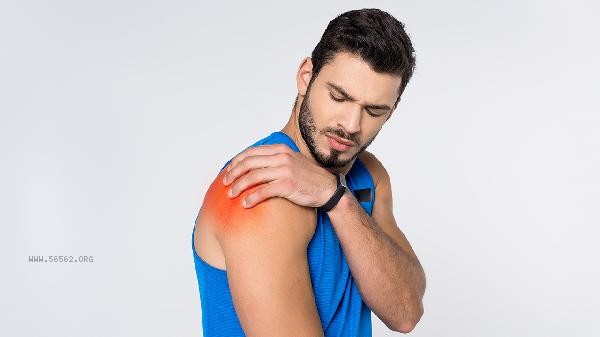
1. Hot compress massage
Early shoulder periarthritis can be relieved by using hot compress combined with massage. Soak a towel in warm water at around 40 ℃ and apply it to the affected area for 15 minutes each time, repeating daily. Traditional Chinese massage commonly uses kneading and grasping techniques to loosen shoulder muscles, combined with passive activities such as shaking and shaking the shoulders to improve blood circulation. Be careful to avoid using violent methods that may cause secondary injuries.
2. Functional exercises
Wall climbing and pendulum exercises are classic rehabilitation movements. Stand facing the wall and climb your fingers alternately to the extreme position for 10 seconds, practicing multiple times a day. Leaning forward naturally causes the affected limb to droop in a circular motion, gradually increasing the amplitude of the swing. Persisting in exercise can help prevent joint capsule adhesion and restore shoulder joint mobility.
3. Medication therapy
Non steroidal anti-inflammatory drugs such as diclofenac sodium sustained-release tablets and celecoxib capsules can be used according to medical advice for patients with significant acute pain. When muscle spasms are severe, use methylprednisolone hydrochloride tablets to relax the muscles. Traditional Chinese medicine can choose Shenjindan capsules or Biqi capsules to promote blood circulation and unblock meridians, and external application of Shangshi Zhitong ointment can assist in anti-inflammatory treatment.

4. Closed injection
Local injection of a mixture of compound betamethasone injection and lidocaine at tender points can quickly eliminate inflammation and edema. After injection, it is necessary to brake and rest, no more than once a week, to avoid increasing tendon fragility caused by multiple injections. This method is suitable for frozen patients with obvious localized tenderness.
5. Joint release surgery
Arthroscopic release surgery is suitable for stubborn cases with a disease course of more than six months and a passive range of motion loss of more than 50%. Separate the shoulder joint capsule and humeral head adhesions through minimally invasive techniques, and cooperate with continuous passive activity training after surgery. Open surgery should only be considered in cases of severe skeletal structural abnormalities, and the risk of postoperative adhesions should be monitored. Patients with frozen shoulder should avoid lifting heavy objects and excessive use of air conditioning in daily life, and use pillows to support the affected limb during sleep to maintain functional position. Eat more citrus fruits rich in vitamin C and high-quality protein to promote soft tissue repair. The cloud hand movements of Tai Chi or the double handed sky support movements of Ba Duan Jin can be used as preventive exercises, and attention should be paid to gradually controlling the intensity of the exercise. If waking up at night with pain or numbness in the upper limbs, timely follow-up examination is necessary to rule out complications of cervical spondylosis.


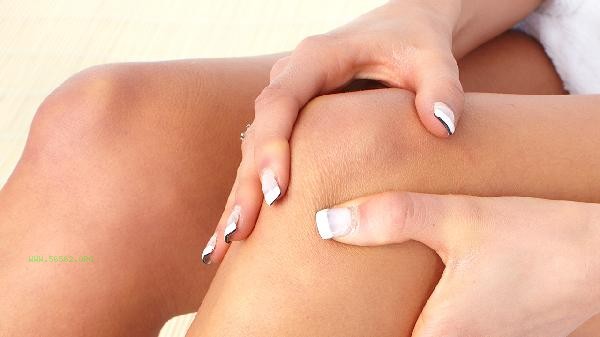
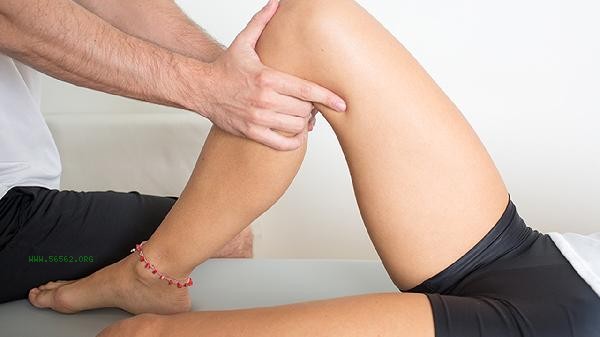
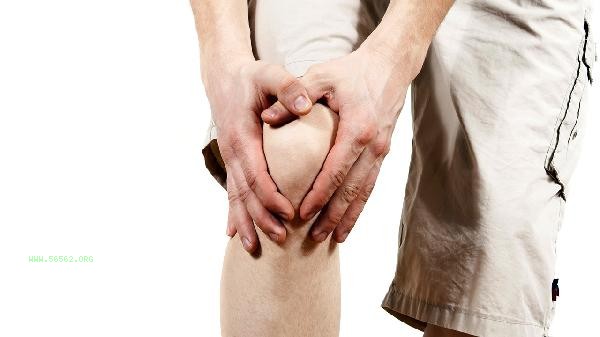

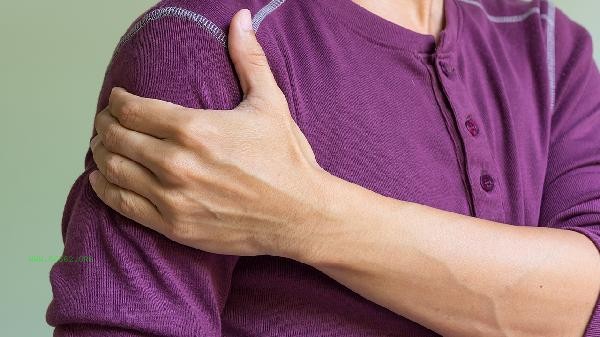


Comments (0)
Leave a Comment
No comments yet
Be the first to share your thoughts!